Download the full report - Human Rights Watch
Download the full report - Human Rights Watch
Download the full report - Human Rights Watch
Create successful ePaper yourself
Turn your PDF publications into a flip-book with our unique Google optimized e-Paper software.
<strong>Rights</strong> <strong>Watch</strong> about unofficial detention sites run by <strong>the</strong> EPDP. Two women interviewed<br />
were raped during interrogations at <strong>the</strong>ir homes.<br />
But much of <strong>the</strong> mistreatment <strong>report</strong>ed to <strong>Human</strong> <strong>Rights</strong> <strong>Watch</strong> occurred in official<br />
detention centers, indicating that senior commanders knew or should have known of <strong>the</strong><br />
abuses taking place. In <strong>the</strong> conflict areas in <strong>the</strong> north <strong>the</strong>se included various sites in<br />
Vavuniya, on <strong>the</strong> Jaffna peninsula, and in Vanni, and victims in most of <strong>the</strong>se cases<br />
identified Sri Lankan army personnel as <strong>the</strong> perpetrators. Among <strong>the</strong> “known” sites in<br />
Vavuniya were: Vavuniya police station, Chettikulum police station, Arunachalam camp, an<br />
army-controlled detention site at Omanthai, and <strong>the</strong> Nelukulam, Joseph, Ramanathan, and<br />
Veppankulam military camps.<br />
Official detention centers were not just in <strong>the</strong> conflict areas in <strong>the</strong> north. Police stations in<br />
towns such as in Kotahena, Dehiwela, and Welawatta, and various official and unofficial<br />
detention sites in and around Colombo also were used, including Welikada prison, <strong>the</strong><br />
fourth floor of CID headquarters, and <strong>the</strong> sixth floor of TID headquarters. Abuses<br />
investigated by <strong>Human</strong> <strong>Rights</strong> <strong>Watch</strong> also took place in Boosa prison in Sri Lanka’s south,<br />
Kaluthara prison in western Sri Lanka, and in Trincomallee police station in <strong>the</strong> east.<br />
In addition to its regular military operations, <strong>the</strong> Sri Lankan government’s multi-pronged<br />
strategy to defeat <strong>the</strong> LTTE included clandestine joint operations with <strong>the</strong> police to uncover<br />
LTTE safe houses, dismantle LTTE networks in <strong>the</strong> country, and kill persons believed to be<br />
associated with <strong>the</strong> LTTE. 65 As noted above, <strong>the</strong> end of <strong>the</strong> armed conflict with <strong>the</strong> LTTE did<br />
not result in an end to <strong>the</strong> military’s emergency policing powers, 66 and Sri Lankan<br />
authorities have continued to arrest and detain individuals suspected of links to <strong>the</strong> LTTE,<br />
and to hold <strong>the</strong>m without charge or trial. 67<br />
65<br />
UN Secretary-General, Report of <strong>the</strong> Secretary-General’s Panel of Experts on Accountability in Sri Lanka, March 31,<br />
2011, http://www.un.org/News/dh/infocus/Sri_Lanka/POE_Report_Full.pdf (accessed January 3, 2013).<br />
66<br />
President Rajapaksa continued to invoke section 12 of <strong>the</strong> Public Security Ordinance to allow <strong>the</strong> armed<br />
forces (army, air force and navy) to retain policing powers, including search and arrest, and proposed a new Bill<br />
to extend some of <strong>the</strong> powers provided by emergency regulations.<br />
67<br />
JC Weliamuna, “Lifting of Emergency: Exposing <strong>the</strong> Sham Exercise," Groundviews, September 16, 2011,<br />
http://groundviews.org/2011/09/16/lifting-of-emergency-exposing-<strong>the</strong>-sham-exercise/ (accessed January 3,<br />
2013).<br />
31 HUMAN RIGHTS WATCH | FEBRUARY 2013


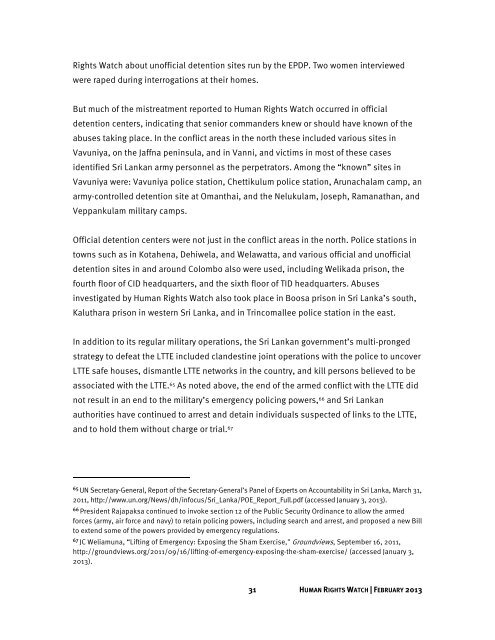
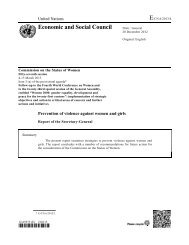
![IANSA [PDF, 2MB] - PeaceWomen](https://img.yumpu.com/25206379/1/190x123/iansa-pdf-2mb-peacewomen.jpg?quality=85)
![Commitments Sample [PDF, 93KB] - PeaceWomen](https://img.yumpu.com/25206331/1/190x245/commitments-sample-pdf-93kb-peacewomen.jpg?quality=85)
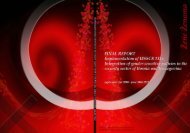

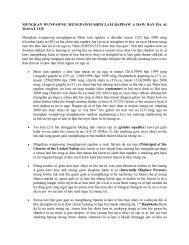
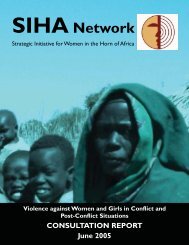
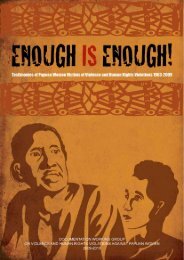


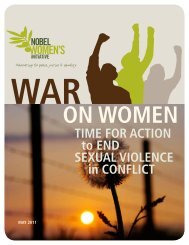
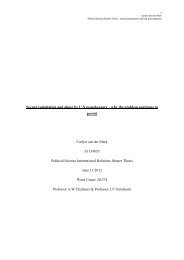

![A Toolkit for Advocacy and Action [PDF, 260KB] - Peace Women](https://img.yumpu.com/25205989/1/190x245/a-toolkit-for-advocacy-and-action-pdf-260kb-peace-women.jpg?quality=85)